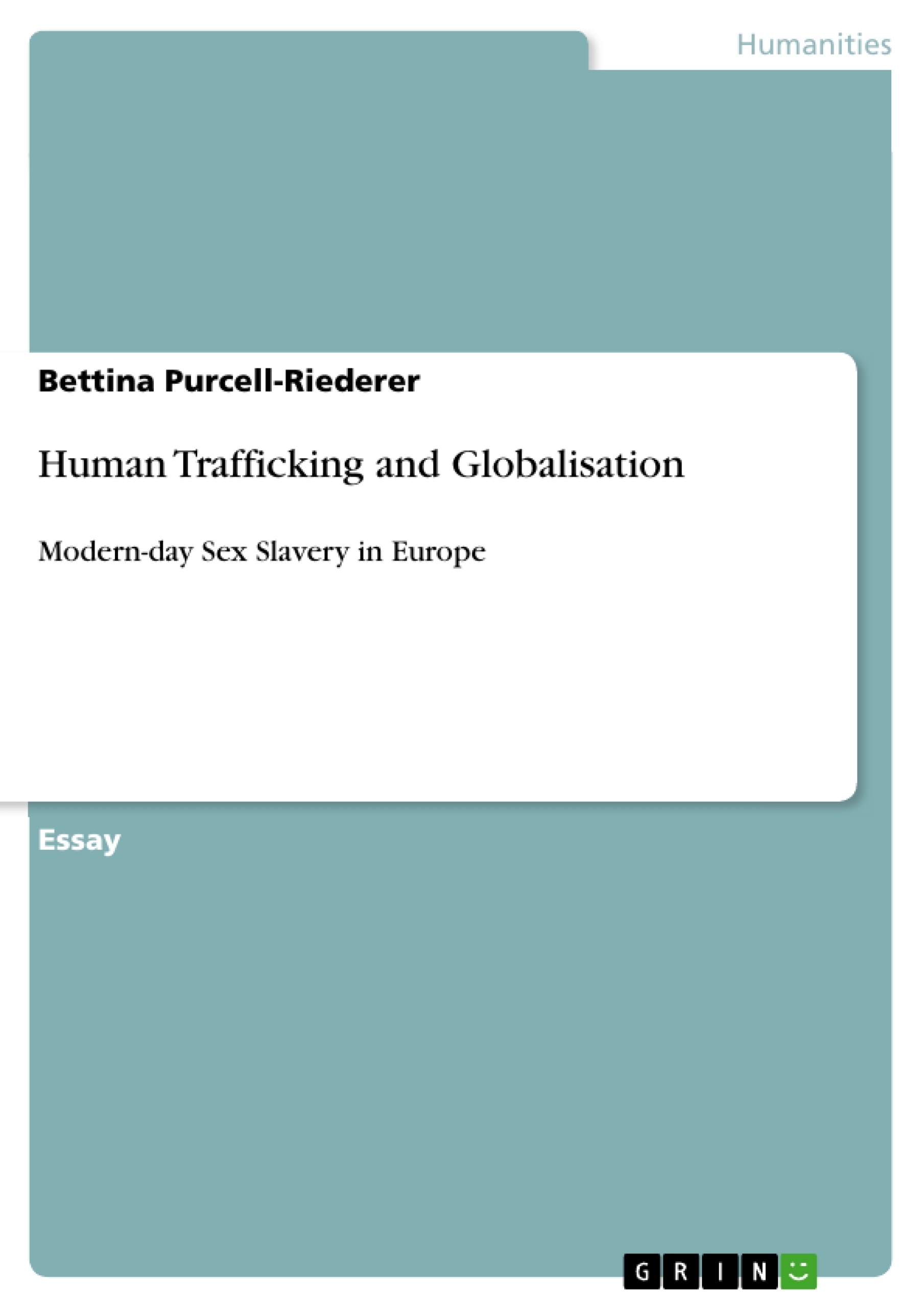To understand the concept of globalisation, one has to recognize the process that led to globalisation. With the onset of industrialisation the focus changed, feudalism was replaced by modernity, whose aim was to create a functioning economy, and a solid profitable financial market, which led to capitalism. Sovereign states, increasingly moved towards nationwide financial and industrial markets. Due to the growing number and size of manufactures and extractive industries, mass employment was provided, which had a mayor influence on the defined class system at the time (Finday, 2005). The social middle class expanded and continued in a well defined class system. By the end of World War 2 modernity hit its peak and slowly changed into late modernity, which had its' beginnings in the early 70ies and could be found predominantly in advanced capitalist centres of the USA, Canada, Western Europe and Japan. Late modernity includes the progress from the political eras of colonisation, the economic eras of industrialisation and the social eras of states (Findlay,1999). Therefor the driving force for late modernity is the increase of labor power in modern capitalism (Melossi, 2003).
Table of Contents
- Late Modernity and Globalisation
- Globalisation and the Movement of People
- Human Trafficking
- Definition and Process
- Key Elements of Human Trafficking
- A Feminist Perspective on Sex Trafficking and the Sex Trade
Objectives and Key Themes
This essay explores the complex relationship between human trafficking and globalisation, focusing on the particular case of sex trafficking in Europe. The author aims to analyze the structural and proximate factors that contribute to human trafficking, examining the role of globalisation, poverty, social inequality, and state policies in facilitating this criminal activity. The key themes of this work include:- The impact of late modernity and globalisation on migration patterns and border controls.
- The exploitation of vulnerable individuals, particularly women and children, through human trafficking networks.
- The connections between human trafficking, prostitution, and the growing demand for commercial sex.
- The challenges faced by governments and law enforcement agencies in combating human trafficking.
- The need for a feminist perspective on sex trafficking and the role of gender inequality in perpetuating this form of exploitation.
Chapter Summaries
Late Modernity and Globalisation
This section establishes the historical context of late modernity and globalisation, outlining their key characteristics and consequences. It explores how economic restructuring, political changes, and social transformations have contributed to a globalised world, characterized by interconnectedness and mobility.Globalisation and the Movement of People
This section examines the impact of globalisation on migration patterns and border control, highlighting the challenges faced by national states in managing transnational flows of people. The author discusses the rise of illegal migration, the securitization of borders, and the distinction between "tourists" and "vagabonds" as categories of mobility.Human Trafficking
- Definition and Process
- Key Elements of Human Trafficking
A Feminist Perspective on Sex Trafficking and the Sex Trade
This section explores the intersection of human trafficking and prostitution from a feminist perspective, acknowledging the specific vulnerability of women in a globalized world. The author discusses the feminization of migration and the growing demand for commercial sex in the context of globalisation.Keywords
The key terms and concepts explored in this essay include late modernity, globalisation, human trafficking, sex trafficking, migration, border control, vulnerability, poverty, social inequality, gender discrimination, prostitution, exploitation, and feminist perspective. The author examines the complex interplay between these themes, providing a comprehensive analysis of the challenges posed by human trafficking in a globalized world.- Quote paper
- Bettina Purcell-Riederer (Author), 2013, Human Trafficking and Globalisation, Munich, GRIN Verlag, https://www.grin.com/document/209203



